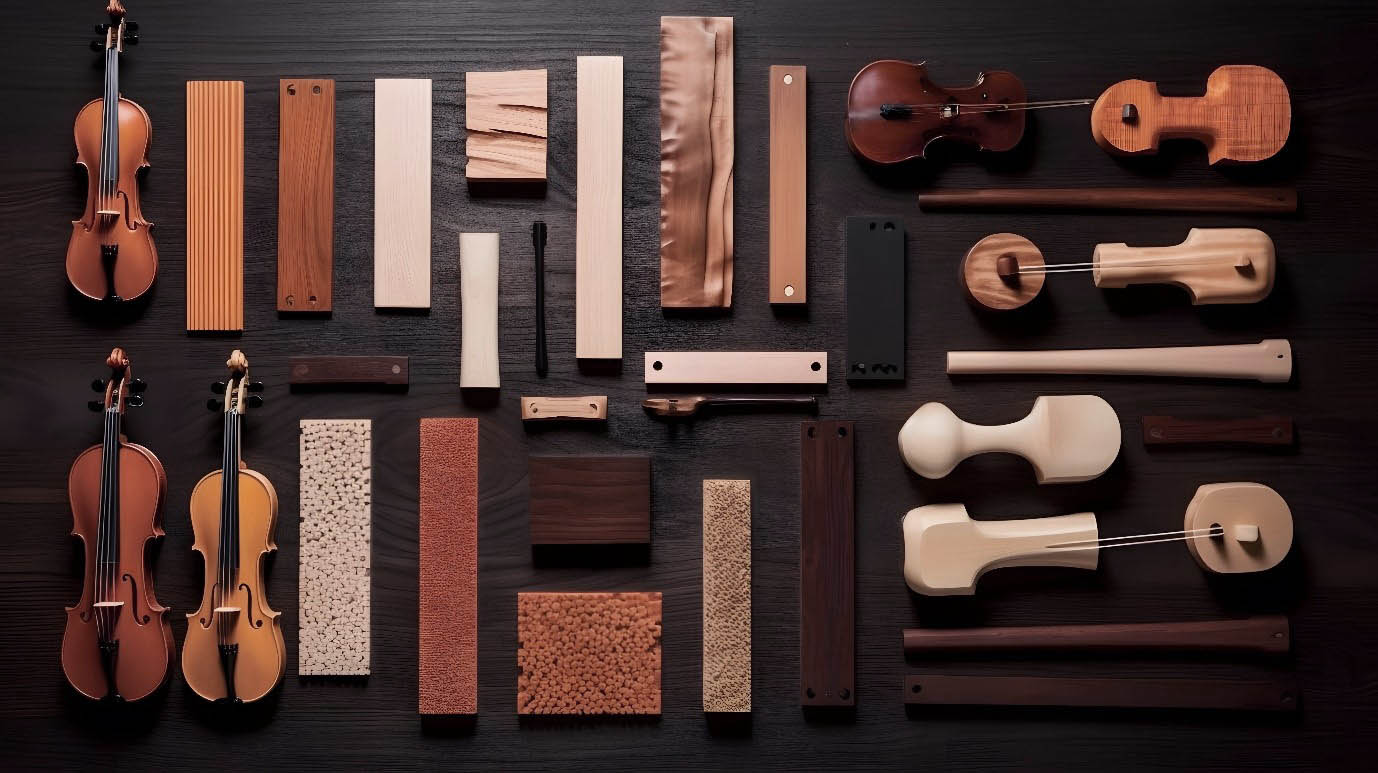In the world of violin export, adhering to international regulations is crucial for a smooth and lawful operation. Violin exporters must navigate a complex web of rules to ensure the seamless movement of their instruments across borders. Here’s a comprehensive guide on international regulations that every violin exporter should be aware of.
Understanding the Basics:
To begin with, violin exporters must familiarize themselves with the fundamental regulations governing international trade. These may include customs regulations, export controls, and trade restrictions imposed by different countries.
Documentation Requirements:
Proper documentation is key to the international violin trade. Violin exporters need to ensure they have accurate and complete paperwork, including certificates of origin, export licenses, and any other relevant documentation required by the destination country.
CITES Compliance:
For exporters dealing with certain types of wood, like those used in violin making, compliance with the Convention on International Trade in Endangered Species of Wild Fauna and Flora (CITES) is essential. This ensures that the materials used in the production of violins are not sourced from endangered species.
Tariffs and Duties:
Violin exporters must be aware of the tariffs and duties imposed by destination countries. Understanding these costs is crucial for pricing strategies and avoiding unexpected financial burdens.
Quality Standards and Certification:
Some countries may have specific quality standards for musical instruments, including violins. Violin exporters should be aware of these standards and ensure that their products meet the required specifications. Obtaining relevant certifications can add credibility to their exports.
Shipping and Packaging Compliance:
International shipping involves compliance with various packaging and labeling requirements. Violin exporters need to ensure that their packaging meets international standards to protect the instruments during transit and to comply with destination country regulations.
Anti-Money Laundering (AML) and Know Your Customer (KYC) Regulations:
In an effort to combat illegal activities, many countries have stringent AML and KYC regulations. Violin exporters should have robust procedures in place to verify the identity of their customers and to report any suspicious transactions.
Risk Management Strategies:
The exporters should implement robust risk management strategies to mitigate potential challenges. This includes staying informed about geopolitical developments, changes in trade policies, and fluctuations in currency exchange rates. By staying proactive, exporters can adapt to evolving situations and minimize the impact on their operations.
Collaborating with Freight Forwarders:
Working closely with experienced freight forwarders can significantly streamline the export process. These professionals are well-versed in international shipping regulations and can assist violin exporters in choosing the most cost-effective and efficient shipping methods while ensuring compliance with all relevant guidelines.
Building Relationships with Authorities:
Establishing positive relationships with customs authorities and trade regulators in destination countries can prove invaluable. This can facilitate smoother customs clearance processes, provide access to timely information on regulatory changes, and enhance overall communication between exporters and regulatory bodies.
In Conclusion:
Successfully navigating international regulations requires a combination of diligence, adaptability, and collaboration. Violin exporters who prioritize compliance, stay informed, and build strategic partnerships will not only meet legal requirements but also position themselves for sustained success in the competitive global market.
Violin Exporters are the gateway to greater violin community throughout the world. So, if you are exporter or wish to be so… meet other Violin Exporters, then interact with them here https://violinnetwork.com/ to pursue professional exporters.









